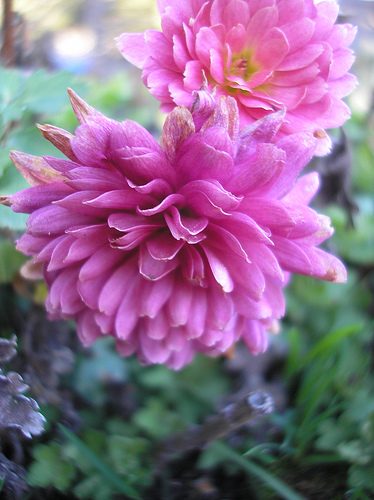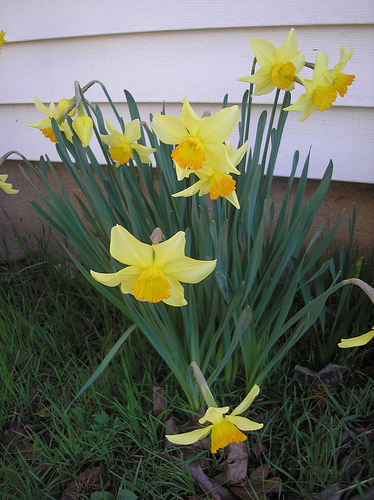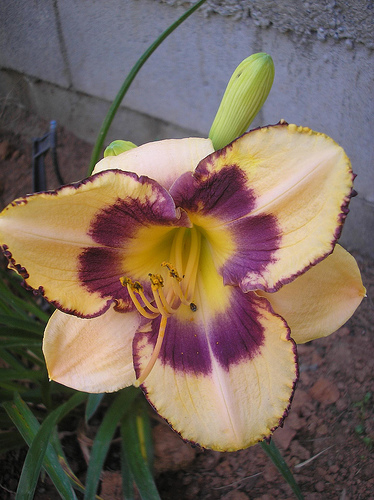Yesterday afternoon was a perfect time to take a walk on our local walking/biking trail. The weather has been rainy the last few days and we were ready to get out and enjoy some fresh air. The clouds kept drifting in and covering the sun but it was still warm and spring-like.
Three of the children decided to come and we had an enjoyable time walking and talking and just spending time together….as they get older that doesn’t happen as often as I would like. My middle son brought his scooter and he was zipping in and out as we just walked along.
The photos in this entry are an experiment in uploading for me so forgive me if the captions are not exactly with the photos. 🙂
This is some kind of flowering clover…I think. It sure looks like some kind of clover but this is really close-up.
Look at this guy….after all my observations yesterday of the ladybug larva, I was happy to see this shiny insect as we walked along.
Then there was this daisy and I am pretty sure this is a Mariposa Lily.
Okay, this was definitely some kind of thistle.
Don’t you love the view from this part of the trail?
“The thistle is covered with sharp spines, and these serve to protect it from grazing animals. It has beautiful purple flowers, arranged in heads similar to those of the sunflower.”
Handbook of Nature Study, page 526
There is a whole section in the Handbook on thistles starting on page 524.
“Every child loves this flower (daisy), and yet it is not well understood. It is always at hand for study from June until the frosts have laid waste the fields. However much enjoyment we get from the study of this beautiful flower-head, we should study the plant as a weed also, for it is indeed a pest to those farmers who do not practice a rotation of crops.”
Handbook of Nature Study, page 522
There is a section on white daisies in the Handbook starting on page 522.
“The clovers enrich with nitrogen the soil in which they are planted. They are very valuable as food for stock. Their flowers are pollinated by bees.”
Handbook of Nature Study, page 594
There is a section on clover in the Handbook starting on page 591.
Sorry for all the vague descriptions but I didn’t have a lot of time this morning to get a firm identification on all of them. I will try to come back and update as I have the time to research.
This is a life project I decided.

























